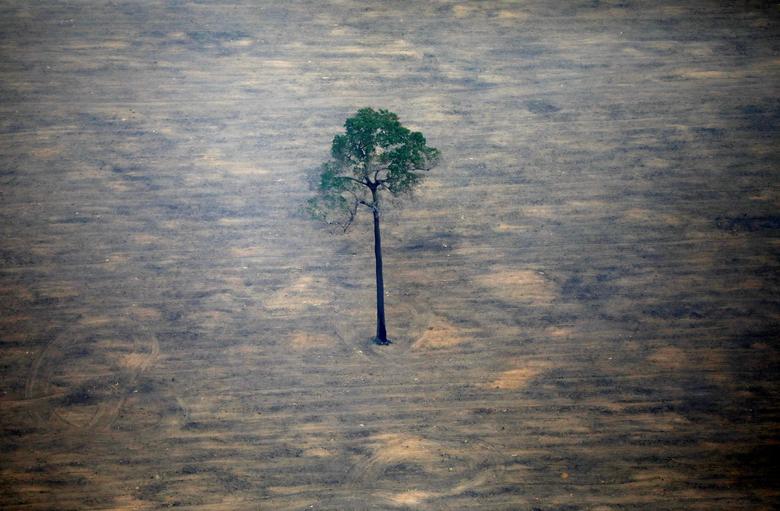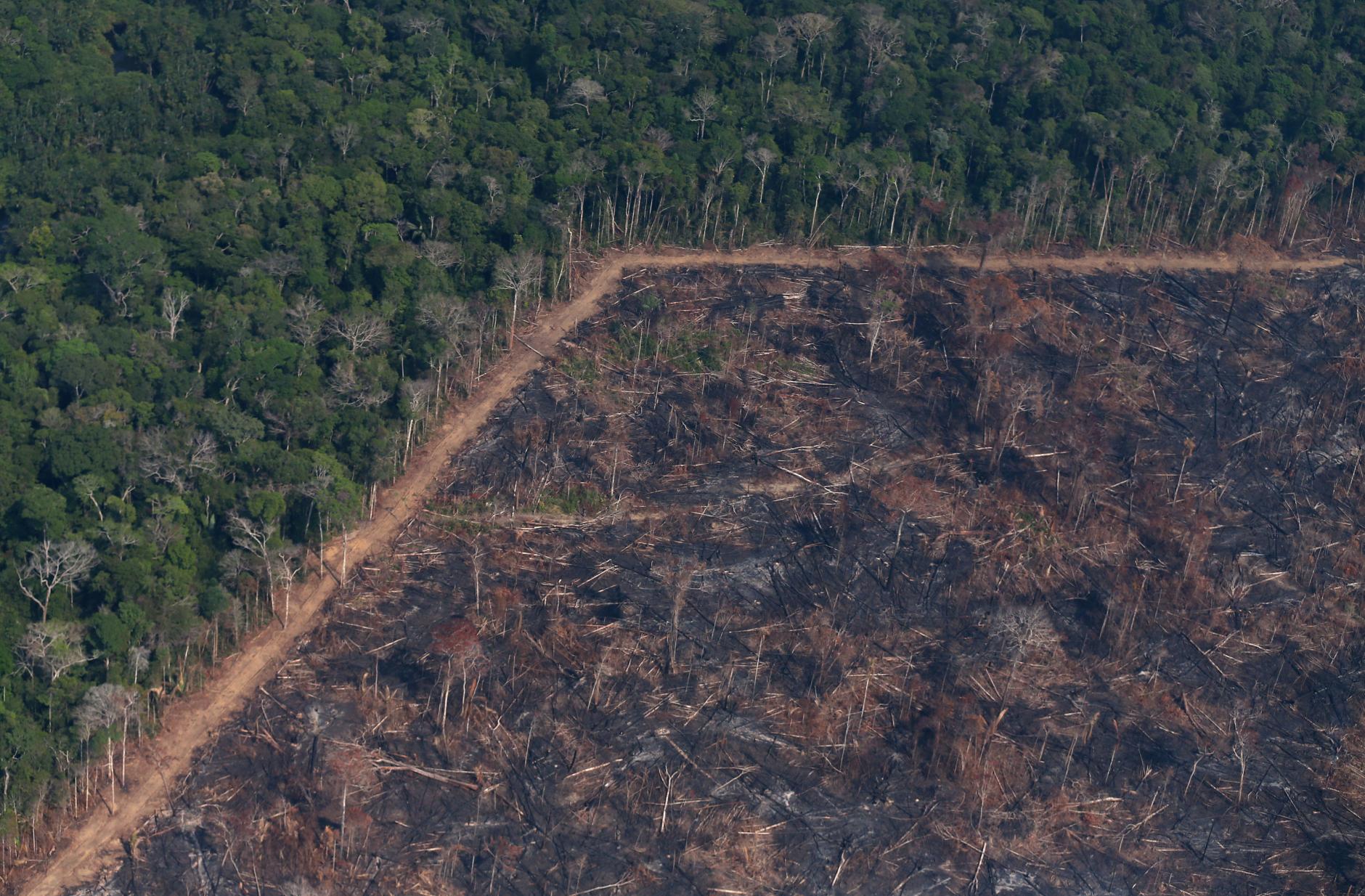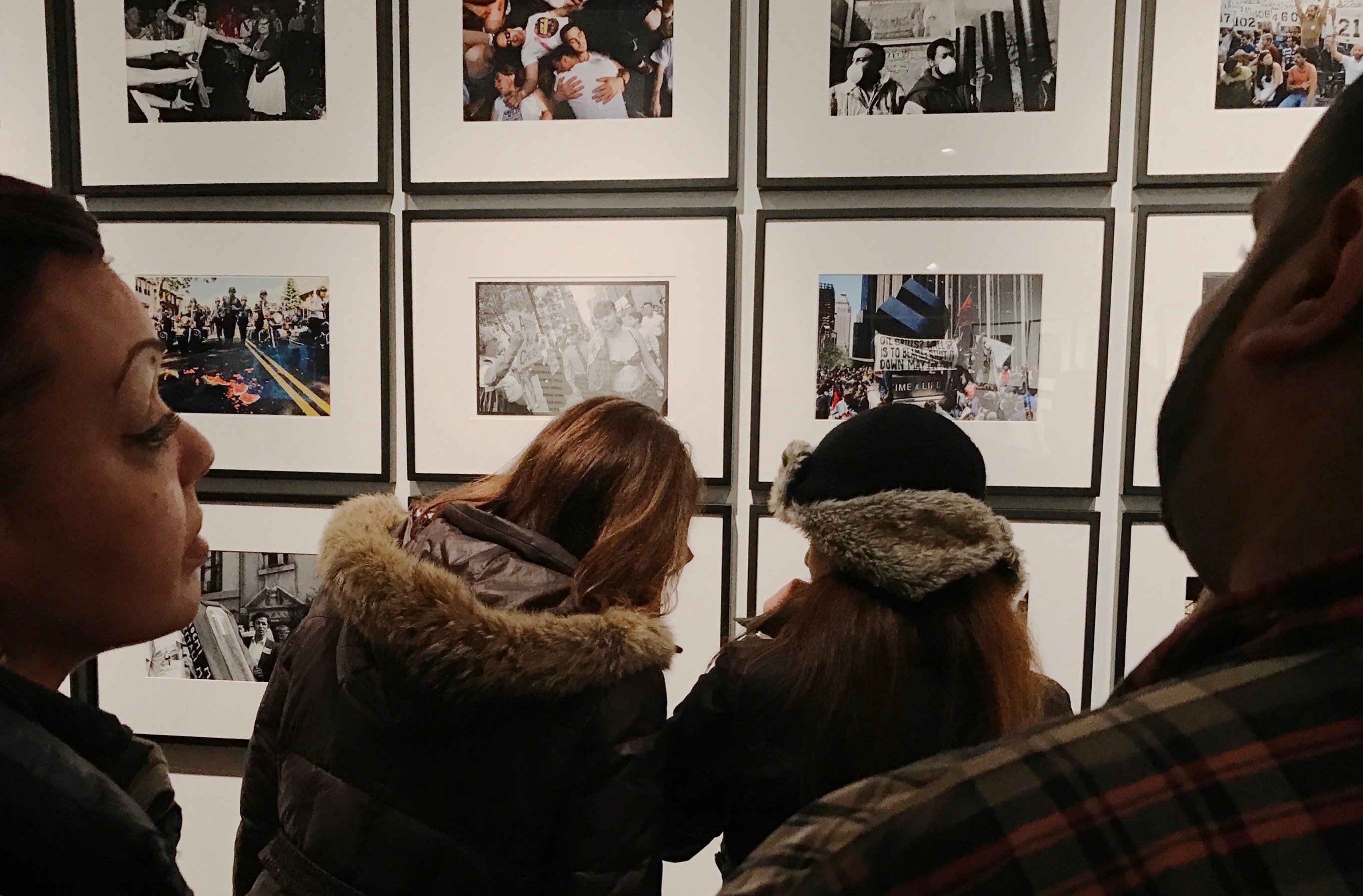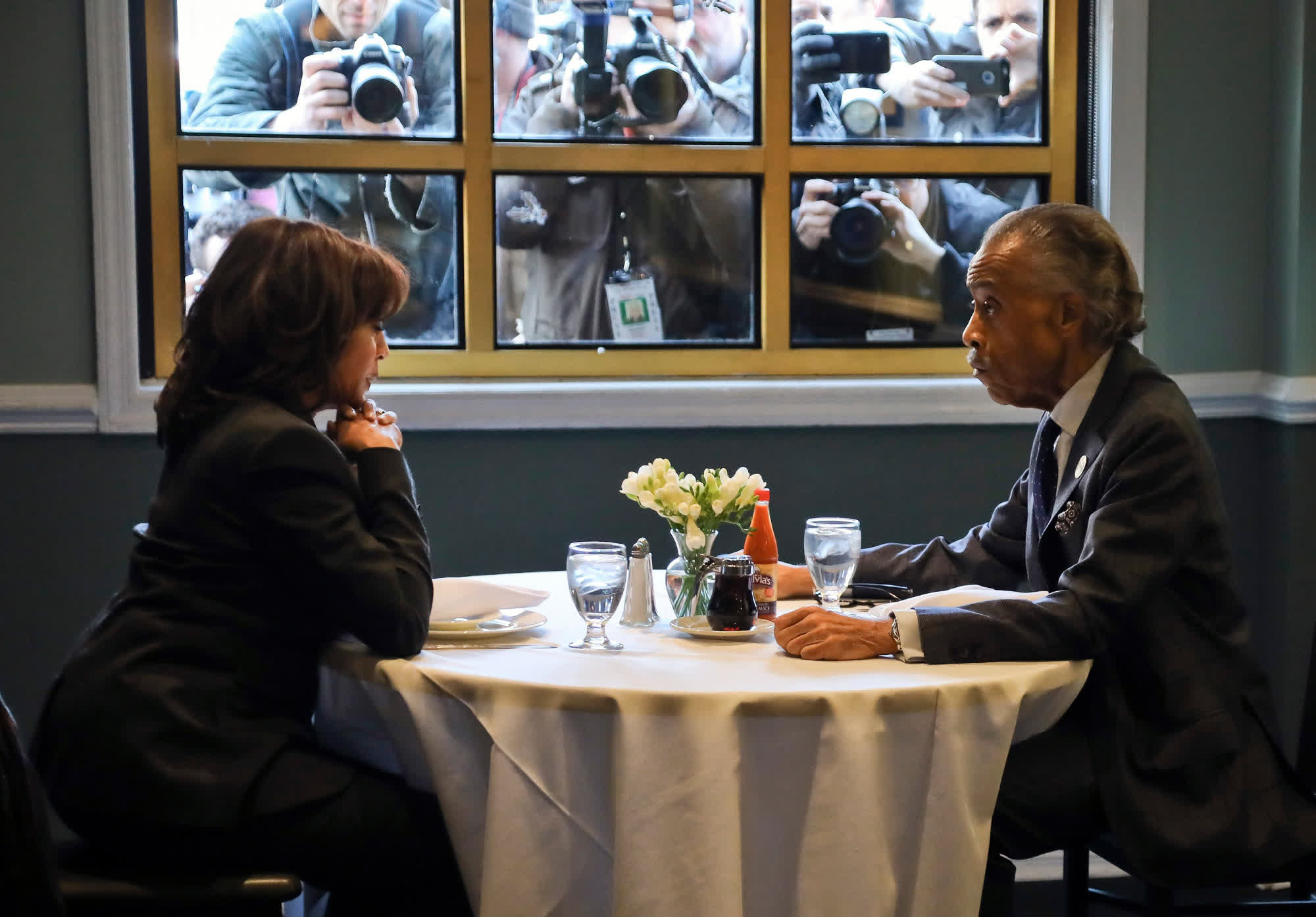Notes
“Beautiful” Violence in Climate Change Photography

A review of the eminent photographer Edward Burtynsky’s latest exhibition, The Anthropocene Project, applauds the “apocalyptic beauty of humans’ effect on the planet.” Famous for his aerial shots of devastated tracts of land and “manufactured landscapes,” Burtynsky is a darling of the art world for his “beautiful” images of decay. But what’s so pretty about destruction, really? Having set an almost unshakable precedent for climate photography, Burtynsky’s visual treatment of climate change is having an influence that spans the boundary between high art and photojournalism.
Selected as an Editor’s Choice by Reuters, Bruno Kelly’s photograph of an Amazon rainforest charred by wildfire, pictured above, illustrates how climate photography is taking cues from Burtynsky’s stark compositional style. Kelly’s photo, much like Burtunsky’s archive of pictures, is aesthetically pleasing, but does little to contextualize or explain the fires’ origins and impacts.
Kelly’s photograph blurs and obscures important details of the fire’s destruction. Through an aerial/God’s eye vantage — now a norm for climate photography — Kelly’s image beautifies a scene of environmental devastation through an aesthetic that provides no frame of reference for what is being lost and why. Taken by a drone flying high above the scorched earth below, countless lives and livelihoods claimed by the Amazon fires are erased by a visually pleasing blend of soft browns and greys. All on-the-ground experiences of suffering and disparate vulnerabilities are overlooked by the drone’s far-removed and lofted gaze.
No disaster is “natural,” and the impacts of wildfires, hurricanes, and superstorms are felt unevenly. Indigenous peoples of the Amazon continue to be the most severely affected by fires. But because it is stylized beyond any semblance of recognition, the pleasing palette of earthy hues in Kelly’s photograph makes it hard for viewers to understand the different experiences of vulnerability and harm.

This photograph by Ricardo Moraes, one of several featured recently in Quartz, similarly obscures the frontline experiences of destruction. The neat, geometric divisions of greens and browns pictured in Moraes’ photo are accompanied by the passive observation that “More than 70,000 fires have been seen this year.” A generalized image is coupled with a generalized description, and the specifics of this particular fire are severed from the scene.
The most complicit parties involved in the fires, such as Brazilian President Jair Bolsonaro, also are absent. Bolsonaro’s policies of Indigenous dispossession in expansion of cattle ranching and industrial-scale agriculture (a huge driver of both climate change and the Amazonian wildfires) are at the crux of things and extend from long histories of colonial brutality. Exploitative policies of production are systemic and deepen the divide of vulnerability along an axis of wealth.
But the disproportionate degree of harm felt by Brazil’s Indigenous peoples and the disproportionate complicity of settler elites are visually erased by Kelly’s and Moraes’ photographs. Their aerial/God’s eye view obscures what otherwise could be seen in more precise detail. Although The Guardian recently has gestured towards the need for improved climate photography, aerial shots and “beautiful” scenes of vast destruction still dominate.
As a result, this Burtynskyian form of climate photography encourages an “Anthropocene” perspective on climate change in which humans — imagined as an undifferentiated whole — are understood as the defining and dominant geological actor on Earth. One of the drawbacks of this Anthropocene perspective, however, is that its vision of a universally experienced, “planetary-scale” shift makes it easy to dismiss the differences in responsibility for, and experiences of, climate change.
With their wide and high vantage, these photographs also reframe climate change to the point of pure aesthetics, as if their abstract geometries and pleasing color palettes are designed for visual enjoyment instead of political action. This is why frontline photos made by indigenous photographers offer a closer perspective on the unevenly distributed impacts of resource extraction and climate change. Drones flying high in the sky and operated by men from faraway places cannot do this. A more diverse repertoire of perspectives, beyond Burtynsky and his drone, would provide a more contextualized picture of climate change.
— Hanna E. Morris
Hanna E. Morris is a Ph.D. candidate at the University of Pennsylvania where she researches media, culture, and climate change.
Photo: Bruno Kelly/Reuters. Caption: An aerial view shows a deforested plot of the Amazon near Porto Velho, Rondonia State, Brazil; Photo 2: Ricardo Moraes/Reuters. Caption: More than 70,000 fires have been seen this year.


Reactions
Comments Powered by Disqus